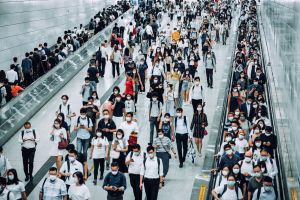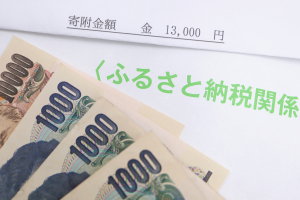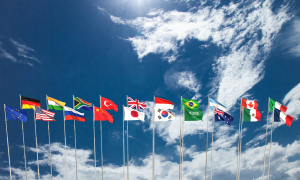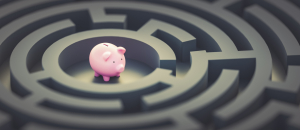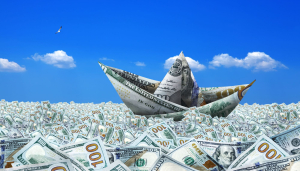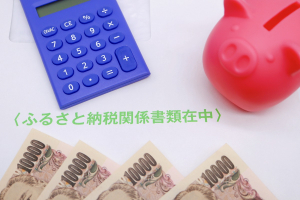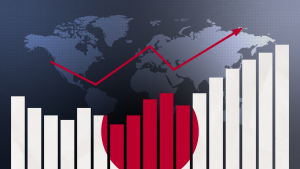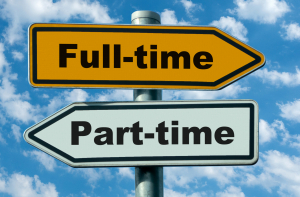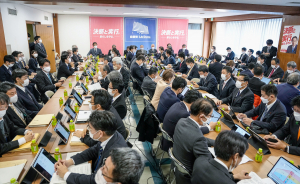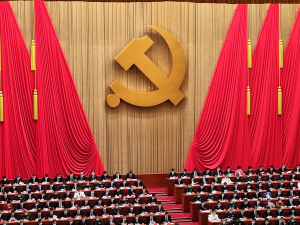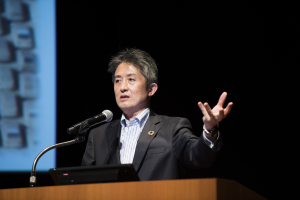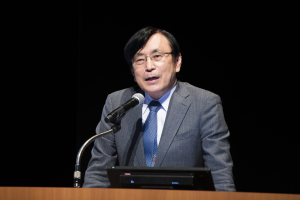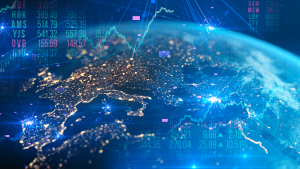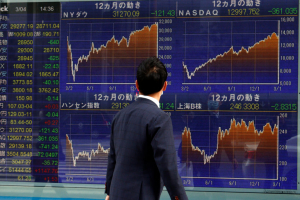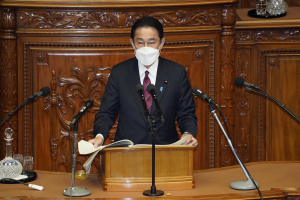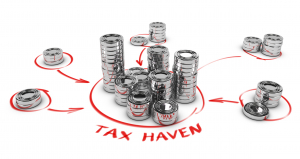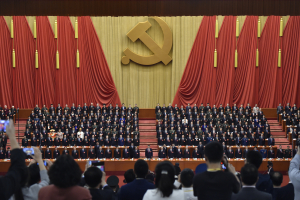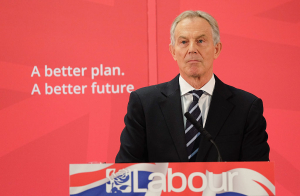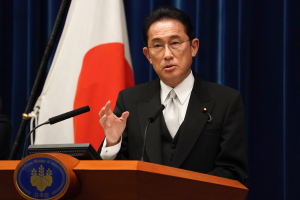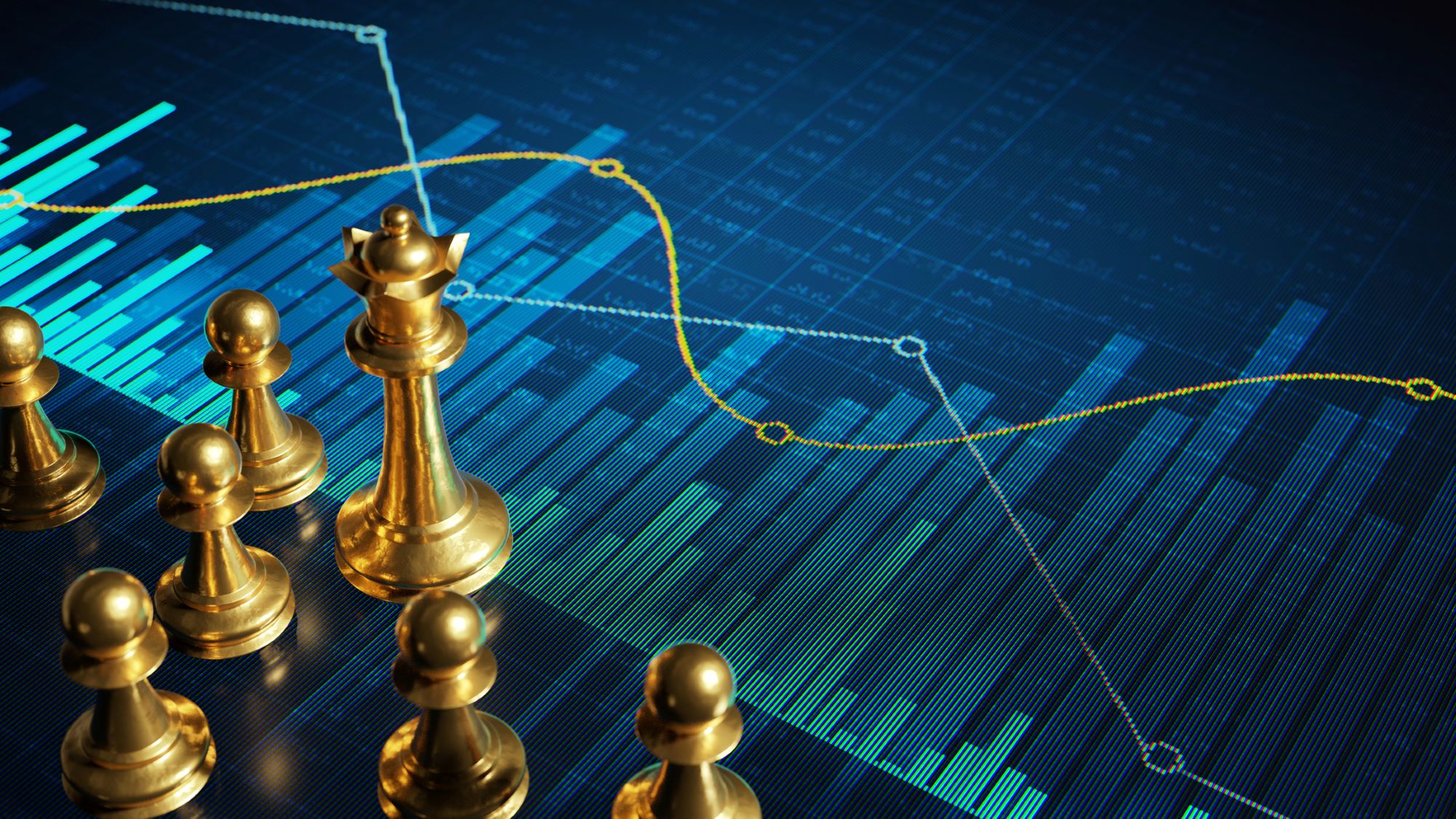
Economic Policy Thinking since the Great Recession (1): The Backlash against Neoliberalism
October 23, 2023
R-2023-040-1E
In the first installment of a three-part overview of recent economic policy trends, the author, a former Bank of Japan researcher and executive director, traces the rise and decline of neoliberalism and its assumptions of rational choice.
* * *
For the past two years, I have been conducting research aimed at identifying the basic direction of economic policy in the post-COVID-19 era. Thankfully, the health crisis that had such a devastating global impact on the world is essentially over, but the outlines of a post-pandemic economic policy regime are still anything but clear. To get an idea of where we are heading, we must first assess where we are and how we got here. In this three-part series, I review the recent evolution of economic policy thinking, with a focus on changes since the 2007–08 financial crisis.
The Age of Neoliberalism
The biggest change in thinking on economic policy that has occurred over the past 15 years is a loss of faith in the neoliberalism that dominated the world’s policy regimes from the 1980s until the global financial crisis.
The rise of neoliberalism was a reaction against the Keynesian macroeconomics and “welfare state” programs that dominated government policy in the developed world from the end of World War II through the oil crises of the 1970s. Neoliberalism was characterized by a deep faith in the efficacy of the market mechanism and a corresponding suspicion of government intervention. Its proponents believed that freedom of economic activity, including international trade and investment, would lead to optimal efficiency and that economic instability could be headed off by appropriate macroeconomic adjustments, with a strong emphasis on monetary policy.
In fact, the application of Keynesian economics at the time of the oil crises had been a failure, leading to prolonged “stagflation” (slow growth and a high unemployment rate accompanied by inflation). In the United States and Britain in particular, that failure had fueled calls for “small government” (deregulation, tax cuts, and program cuts) to unleash the vitality of the private sector. This was the wave that swept Margaret Thatcher to power in Britain (from 1979) and Ronald Reagan to the White House in the United States (from 1981), launching the age of neoliberalism. In his inaugural address, Reagan memorably summed up its philosophy with his formula, “Government is not the solution to our problem; government is the problem.”
Economists like Friedrich Hayek and Milton Friedman had been arguing for some time that the market did a much better job of managing the economy than the government, but they had been viewed as outliers; now their ideas were entering the mainstream. One factor accelerating the trend was the collapse of the Soviet Union and the communist bloc in the late 1980s and early 1990s, which fed into a narrative of the marketplace triumphant.[1] China’s rise under the “reform and opening” policies of Deng Xiaoping was further testimony to the power of a free market.[2]
In the 1970s and 1980s, neoliberalism was generally linked with right-wing conservatism, but during the 1990s, policies that leveraged the market mechanism and strengthened the supply side of the economy gained acceptance across much of the political spectrum. The influence of neoliberalism was evident in the policies of US President Bill Clinton and British Prime Minister Tony Blair, whose parties (Democrats, Labour) have traditionally represented the left wing or progressive end of the political spectrum. During this period, moreover, the US government, the International Monetary Fund, and the World Bank, whose views were dubbed the “Washington consensus,” exerted pressure on developing and emerging countries to adopt neoliberal policies centered on deregulation and liberalization of finance, trade, and direct investment.
Policymakers of the neoliberal era, unlike their Keynesian-oriented predecessors, placed great emphasis on the role of monetary policy in managing the economy. This focus reflected a belief that mobilization of the government’s fiscal resources—even to stabilize the economy—led to inefficiencies and unintended consequences. In the United States, the power of monetary policy was embodied in the person of Alan Greenspan, who served as chair of the Federal Reserve for almost 20 years, beginning in 1987. Dubbed the “maestro” by the faithful, Greenspan inspired great confidence as the economy’s presumably infallible helmsman. Tellingly, he was a close personal associate and supporter of Ayn Rand, known for her uncompromising belief in individualism and laissez-faire capitalism.[3]
The Market Failure of 2007–08
In the years before the subprime mortgage crisis of 2007–08, neoliberalism acquired a reputation as a successful approach to economic policy. And yet, with the exception of the United States in the mid-1990s, the era of neoliberalism yielded no major gains in growth in the industrially advanced world.[4] What it did produce in most cases was an increase in asset prices, particularly home values (the major exceptions being Japan, whose asset-price bubble collapsed in the early 1990s, and Germany—then known as “the sick man of Europe”—which was struggling with the burden of East-West reunification). Rising asset prices fostered a sense of economic well-being among middle-class and affluent households.[5] In addition, many central bankers credited market-oriented monetary policies with suppressing inflation and macroeconomic volatility (a state of affairs referred to as the Great Moderation).
“The Greenspan era” was the theme of the 2005 Jackson Hole Economic Symposium, held shortly before the Fed chair stepped down in January 2006, and the presentations overflowed with praise for his achievements. One of the few dissenting voices was that of Raghuram Rajan, then chief economist of the International Monetary Fund (later governor of the Reserve Bank of India and professor of finance at the University of Chicago), who cautioned of risks to the financial system.[6] His warnings were dismissed or even ridiculed by most of the participants. But just two years later, in August 2007, BNP Paribas shocked the markets by freezing withdrawals from several of its hedge funds, and the bankruptcy of Lehman Brothers followed a year later, plunging not only financial markets but the entire global economy into chaos. We know now who was right.
I will not attempt to summarize the mountains of studies that have been published on the causes and impacts of the financial crisis. I will merely note here that, even though Japan’s financial system was relatively insulated from the direct impact, the economic recession triggered by the decline in exports was painful in the extreme.[7] As the global ramifications of this market failure became clear, confidence in neoliberal economic policies inevitably plummeted. (Queen Elizabeth II famously stumped the faculty of the London School of Economics by asking why no one had noticed a crash in the making.)
The Dawn of Secular Stagnation
Initially, experts were anticipating a fairly brisk recovery. The general rule of thumb with cyclical downturns was the sharper the contraction, the bigger and faster the rebound. But economic growth remained sluggish long after the recession was over. (In the United States, for example, the post-recession rate of growth, predicted to hit 4%–5%, settled at around 2%.) Stagnation persisted among the leading industrial economies despite the strenuous efforts of their central banks, which kept interest rates close to zero and even experimented with quantitative easing.[8] As a consequence, monetary policy lost the aura of omnipotence that had surrounded it during the Greenspan years.
In 2013, American economist Lawrence Summers (secretary of the treasury under Bill Clinton) theorized that the developed economies were suffering from something called secular stagnation, reviving a concept originally introduced by Alvin Hansen in the aftermath of the Great Depression. Summers’ theory posited that low demand was preventing the economy from reaching its potential. On the other hand, Robert Gordon of Northwestern University, emphasizing the supply side of the equation, argued that the economy’s potential output had fallen, and the United States had entered an era of low growth.[9] (There is as yet no real consensus as to the fundamental cause or nature of the extended slowdown.) In terms of government policy, Summers called for measures to create new demand, while Gordon preached resignation. But both agreed that the natural rate of interest—the rate at which saving and investment are in balance under full employment—had dropped to the point where monetary easing had lost its efficacy.[10]
The rise of modern monetary theory (MMT) in the 2010s was a product of this growing awareness that the efficacy of monetary policy had reached its limits. MMT is a heterodox theory that advocates more aggressive use of fiscal policy unconstrained by concerns about public debt. But the call for more government spending to boost the economy was not limited to the proponents of MMT. Mainstream economists, such as Olivier Blanchard, Stanley Fischer, and Paul Krugman, were also making the case for an expansionary fiscal policy.[11]
Growing Economic Inequality
Another source of dissatisfaction with neoliberalism was the increasing concentration of wealth in the hands of the few and the growing gap between rich and poor. Of course, the direct beneficiaries of corporate tax cuts were businesses, and income tax cuts benefited the wealthy disproportionately. It is also true that employers and workers in certain sectors of the economy were hard hit by the removal of international barriers to trade and investment under the North American Free Trade Agreement, the European Union’s economic integration, and similar trade pacts and treaties. But the doctrine of neoliberalism (as well as microeconomic theory) maintained that everyone would benefit in the long run: The wealth generated by tax cuts would “trickle down” to workers and middle-class households, and the free flow of capital, goods, and labor would yield greater efficiency and lower prices. In the meantime, globalization’s “losers” would receive compensation from the government. But government compensation proved sadly inadequate, and even after two decades of neoliberal policies, the promise of trickle-down wealth failed to materialize.[12]
The truth is that the Gini coefficient (a common measure of economic inequality) has been rising in almost every country since the 1980s. In the United States, the share of total income earned by the top 1% has risen from a little over 10% in the 1970s to almost 20%, while the share earned by those in the bottom half has dropped from more than 20% to less than 15%. Many observers have blamed this growing income gap for the rise of political populism in the industrially developed world, as seen in the triumph of the Brexit campaign in Britain and the election of Donald Trump to the office of US president (both in 2016).
The French economist Thomas Piketty helped draw global attention to the problem with his 2014 book Capital in the Twenty-First Century, which uses tax data and other statistics to highlight trends in the distribution of income.[13] This is not to say that the majority of economists accept Piketty’s “r > g” hypothesis, which explains rising inequality in terms of the historical gap between after-tax return on capital (r) and the economic growth rate (g). For one thing, as Piketty himself acknowledges, much of the inequality seen in the developed world today—and particularly in the United States—can be attributed to the higher incomes earned by the educated elite, rather than inherited wealth per se.[14] But it is undeniable that the education-based wage gap continues to widen in many countries, a phenomenon consistent with the growing emphasis on information technology and digitization (skill-biased technological change). The expansion of trade with developing countries, where labor is cheap, may also be contributing to the wage gap.[15] In addition, researchers working with Piketty have shown how inequality is exacerbated by the tax system, including tax cuts for the wealthy and loopholes (such as tax havens) that the wealthy can exploit to avoid paying their fair share. The leak of the Panama Papers in 2016 helped shed light on the scale of offshore tax avoidance and evasion by the wealthy, including prominent politicians and celebrities.[16]
In the wake of the 2007–08 financial crisis, resentment mounted over the perceived inequity of using public funds to bail out big banks while neglecting the needs of the unemployed, underemployed, and underpaid (even as business executives made off with massive bonuses). This sense of injustice fueled the Occupy Wall Street movement, with its slogan “We are the 99%.”[17]
The Impact of Climate Change
Another factor behind the disillusionment with neoliberal free-market policies after the financial crisis was the growing alarm over climate change. Until fairly recently, there was still considerable debate as to whether the earth was actually getting warmer, but the increased frequency of extreme weather events, wildfires, and deadly heat waves has made it harder to deny the climate crisis, and there is little doubt that carbon dioxide generated by human activity is contributing to this trend.
Of course, neoliberalism is not directly to blame for climate change. Moreover, policies that leverage market forces, such as carbon taxes and carbon credits, have an important role to play in fighting climate change. But it has become increasingly clear that the problem of climate change is not something the markets can solve unaided, and people have grown frustrated with policies that prioritize economic growth at the expense of the environment.
Trends in Economic Theory
Finally, I would like to comment on the relationship between economic policy and economic theory during this time. The rise of neoliberalism coincided with an era when economic analysts and researchers tended to stress rational, self-interested decision-making as the basis of economic behavior. During the era of growing disillusionment with neoliberalism, they began paying more attention to complex behaviors that cannot be explained in economically rational terms. I would not necessarily take this to mean that economic policy was strongly influenced by developments in the academic sphere. It seems to me, rather, that policymaking and economic theory were evolving in parallel fashion, reflecting the changing zeitgeist.
The change in economic theory is perhaps most easily seen in the context of macroeconomics. Up through the 1960s, Keynesian macroeconomics, with its emphasis on aggregate demand, prevailed over competing views, such as Milton Friedman’s monetarism. However, the tide began to turn in the mid-1970s, after University of Chicago economist Robert Lucas introduced his concept of rational expectations. If economic agents behave in a rational manner, as Lucas asserted, then the efficacy of fiscal or monetary interventions should be severely limited. This view soon took hold, as did the idea of Ricardian equivalence, which posited that the macroeconomic effect of government spending was the same whether it was financed by taxes or government bonds.[18] In the field of financial economics, a growing number of experts subscribed to the efficient market hypothesis, which posited (with precious little empirical support) that price formation in financial markets was entirely rational and based on all information available at the time—which would make an asset bubble impossible.
Microeconomics did not change as dramatically, since it had always been predicated on the behavior of rational agents. However, scholars like University of Chicago economists George Stigler and Gary Becker (both Nobel Prize winners) had a major impact on policy with their tolerant views of monopolies and their application of the principles of rational economic behavior to such fields as education, the family, and crime.
The new emphasis on rational agents also had a significant influence on empirical analysis. The “Lucas critique” warned that since rational expectations change according to the policy context, the parameter values used in econometric modeling should change as well. Since then, in econometric models predicated on rational agency (such as dynamic stochastic general equilibrium models), it has become standard to estimate “deep parameters” that remain constant regardless of government policy.
That said, as time went on, the very assumption of rational agency came under question. To a layperson, the idea that human behavior is governed entirely by reason seems inherently misguided. Economists have countered this objection by insisting that even if individuals behave irrationally, the mean effect is rational, since irrational behaviors offset each other, or by arguing that irrational agents are weeded out by market competition. But research in behavioral economics has revealed that in many situations, typical human behavior diverges sharply from predictions predicated on rational decision making.[19]
Methods of empirical economic research have undergone dramatic change as well. In the past, economists relied on models constructed on the basis of various assumptions in the belief that the social sciences, including economics, did not lend themselves to experimental research. In recent years, however, (quasi) experimental research methods, such as randomized controlled trials (RCTs), have come to play a central role in empirical analysis.[20] And this new style of empirical analysis, which does not rely on models, has revealed that human behavior diverges markedly from that predicted either by traditional economics or the assumptions of neoliberalism. In Poor Economics by MIT economists Abhijit Banerjee and Esther Duflo, who won the 2019 Nobel Prize for their experimental research, we see a cutting-edge approach to research that generates conclusions quite different from those of conventional economic analysis (albeit not without its own biases).[21] Such advances have doubtless encouraged other economists to express views that run counter to the orthodoxy of neoliberalism.
[1] See, for example, Daniel Yergin and Joseph Stanislaw, The Commanding Heights: The Battle between Government and the Marketplace That Is Remaking the Modern World (Free Press, 1998).
[2] It might be noted that Russian President Boris Yeltsin’s decision to apply “shock therapy” by rapidly deregulating the Russian economy (reportedly under the influence of Milton Friedman) led to hyperinflation and the rise of an oligarchy, which continues to control the economy today under President Vladimir Putin. From an economic standpoint, China fared better with the policy of incremental liberalization adopted under Deng Xiaoping.
[3] For more on Alan Greenspan, see Alan Greenspan and Peter Petre, The Age of Turbulence: Adventures in a New World (Penguin Press, 2007), and Bob Woodward, Maestro: Greenspan’s Fed and the American Boom (Simon & Schuster, 2000).
[4] Generally speaking, the IT revolution has not yielded significant gains in labor productivity, a conundrum sometimes referred to as the Solow paradox (after MIT economist Robert Solow). Although America’s potential growth rate rose for a while in the mid-1990s, productivity growth has slowed in the United States and around the world in the past two decades.
[5] US President George W. Bush sought to cut social spending while promoting home ownership to foster an “ownership society” and reduce dependence on government programs.
[6] Raghuram Rajan, “Has Financial Development Made the World Riskier?” National Bureau of Economic Research Working Paper 11728 (November 2005); see also Rajan’s Fault Lines: How Hidden Fractures Still Threaten the World Economy (Princeton University Press, 2011).
[7] While the impact on Japan’s financial system was comparatively mild, many Japanese banks and securities firms did experience considerable difficulty securing funds. For a detailed account, see Hiroshi Nakaso, Saigo no boeisen (Last Line of Defense) (Nikkei BP, 2022).
[8] For a discussion of unconventional monetary policy, see Hideo Hayakawa, Kin’yu seisaku no gokai (Misunderstandings of Monetary Policy) (Keio University Press, 2016).
[9] See Lawrence Summers, “Demand Side Secular Stagnation,” and Robert Gordon, “Secular Stagnation: A Supply-Side View,” in American Economic Review, vol. 105, no. 5 (May 2015). See also Gordon’s Rise and Fall of American Growth (Princeton University Press, 2017).
[10] The phenomenon emerged first in Japan, where low growth and low inflation continued to coexist with rock-bottom interest rates despite the unconventional monetary policy of “quantitative and qualitative easing” pursued under Bank of Japan Governor Haruhiko Kuroda. By the mid-2010s, it had become clear that the entire developed world was facing the same problem, which was dubbed Japanification.
[11] For more on MMT, see my articles on this website (in Japanese), “MMT-ha no shin’yo sozo rikai” (The MMT School’s Understanding of Credit Creation) and “Kinnen no sekkyoku zaiseiron ni tsuite: MMT-ha to shuryu-ha no ido” (On Today’s Proponents of Active Fiscal Policy: Comparison and Contrast Between Modern Monetary Theorists and Mainstream Economists). A particularly influential argument for active fiscal policy was presented by Olivier Blanchard in “Public Debt and Low Interest Rates,” American Economic Review, vol. 109, no. 4 (April 2019). See also Blanchard’s Fiscal Policy Under Low Interest Rates (MIT Press, 2022).
[12] The IMF, previously viewed as an active promoter of neoliberal economic policies, made waves in 2016 by publishing a report arguing that some of those policies had exacerbated economic inequality without necessarily boosting growth. See Jonathan Ostry, Prakash Loungani, and Davide Furceri, “Neoliberalism: Oversold?” Finance & Development, vol. 53, no. 2 (June 2016).
[13] Thomas Piketty, Capital in the Twenty-First Century (Harvard University Press, 2014).
[14] Piketty may have emphasized “r > g” because economic inequality stemming from inherited wealth seems more unfair than inequality attributable to education and other “meritocratic” factors. However, in recent years, the American philosopher Michael Sandel has argued that America’s so-called meritocracy is both unfair and divisive. See Sandel’s The Tyranny of Merit: What’s Become of the Common Good? (Farrar, Straus, and Giroux, 2020).
[15] For more on skill-biased technological change, see Jin Sasaki and Ken’ichi Sakura, “Seizogyo ni okeru jukuren rodo e no juyo shifuto: sukiru henkoteki gijutsu shinpo to gurobaruka no eikyo” (The Shift in Demand Toward Skilled Labor in the Manufacturing Sector: Skill-Biased Technological Progress and the Impact of Globalization), Bank of Japan Working Paper Series, December 2004.
[16] See Emmanuel Saez and Gabriel Zucman, The Triumph of Injustice: How the Rich Dodge Taxes and How to Make Them Pay (W. W. Norton & Co., 2019).
[17] See Olivier Blanchard and Dani Rodrik, eds., Combating Inequality: Rethinking Government’s Role (MIT Press, 2021). While offering a variety of policy prescriptions, the contributors, some of the world’s leading economists, are all in agreement that addressing economic inequality should be a top government priority.
[18] See Robert Lucas and Thomas Sargent, eds., Rational Expectations and Econometric Practice (University of Minnesota Press, 1981).
Another school of thought that emerged around this time was new classical economics, which holds that the market always reaches an optimal equilibrium, and therefore that macroeconomic policies are meaningless. However, this extreme theory was rejected in favor of the new Keynesian economics, which came to occupy the mainstream in central banks and elsewhere. That said, the new Keynesian model is very similar to that of new classical economics, albeit with the addition of monopolistic competition and price stickiness. The key scholarly contributions to new Keynesian economics during its early phase are collected in Gregory Mankiw and David Romer, eds., New Keynesian Economics (MIT Press, 1991). For more on the econometric models used by central bankers, see Jordi Gali, Monetary Policy, Inflation, and the Business Cycle (Princeton University Press, 2008).
[19] For a collection of seminal studies in behavioral economics, see Colin Camerer, George Loewenstein, and Matthew Rabin, eds., Advances in Behavioral Economics (Princeton University Press, 2004). Nobel Prize winner Daniel Kahneman provides profound insight into the irrational forces that shape our choices in Thinking, Fast and Slow (Penguin Books, 2011).
[20] See, for example, Koichiro Ito, Deta bunseki no chikara: inga kankei ni semaru shikoho (The Power of Data Analysis: A Method of Cause-and-Effect Thinking) (Kobunsha Shinsho, 2017) and Makiko Nakamuro and Yusuke Tsugawa, Gen’in to kekka no keizaigaku (Cause-and-Effect Economics) (Diamond, 2017).
[21] Abhijit Banerjee and Esther Duflo, Poor Economics: A Radical Rethinking of the Way to Fight Global Poverty (PublicAffairs, 2011).
[22] Banerjee and Duflo stress that human behavior is far more rigid than economic models presume and that it takes a very long time for resources like labor to shift in response to changes in prices or interest rates, for example. This helps explain why the rapid increase in imports from China had such an impact on employment in the developed countries’ manufacturing sectors, for example. See David Autor, David Dorn, and Gordon Hanson, “The China Syndrome: Local Labor Market Effects of Import Competition in the United States,” American Economic Review, vol. 103, no. 6 (October 2013). See also Autor, Dorn, and Hanson’s “The China Shock: Learning from Labor Market Adjustment to Large Changes in Trade,” National Bureau of Economic Research Working Paper 21906 (January 2016).
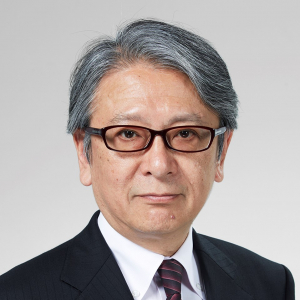

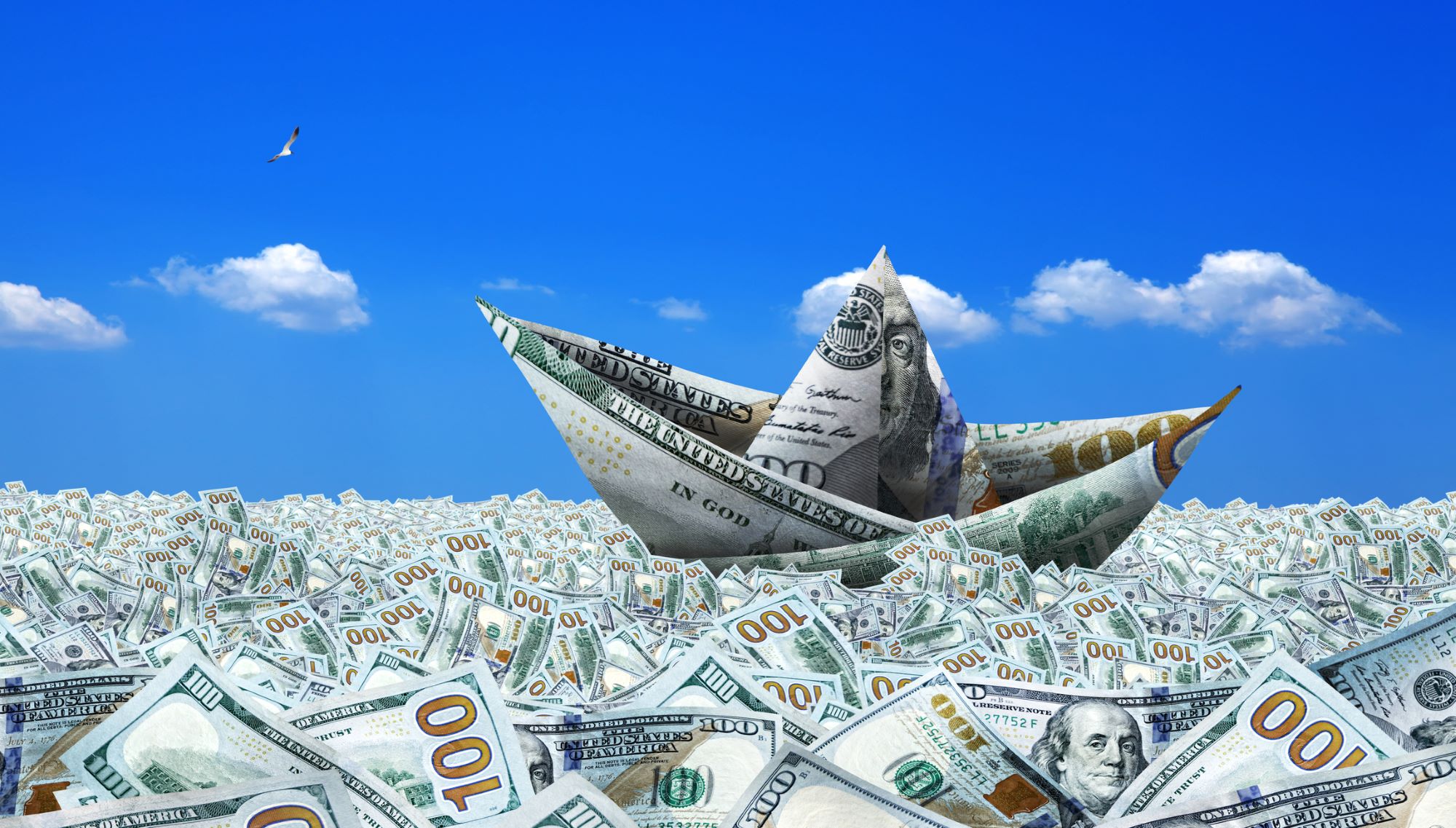

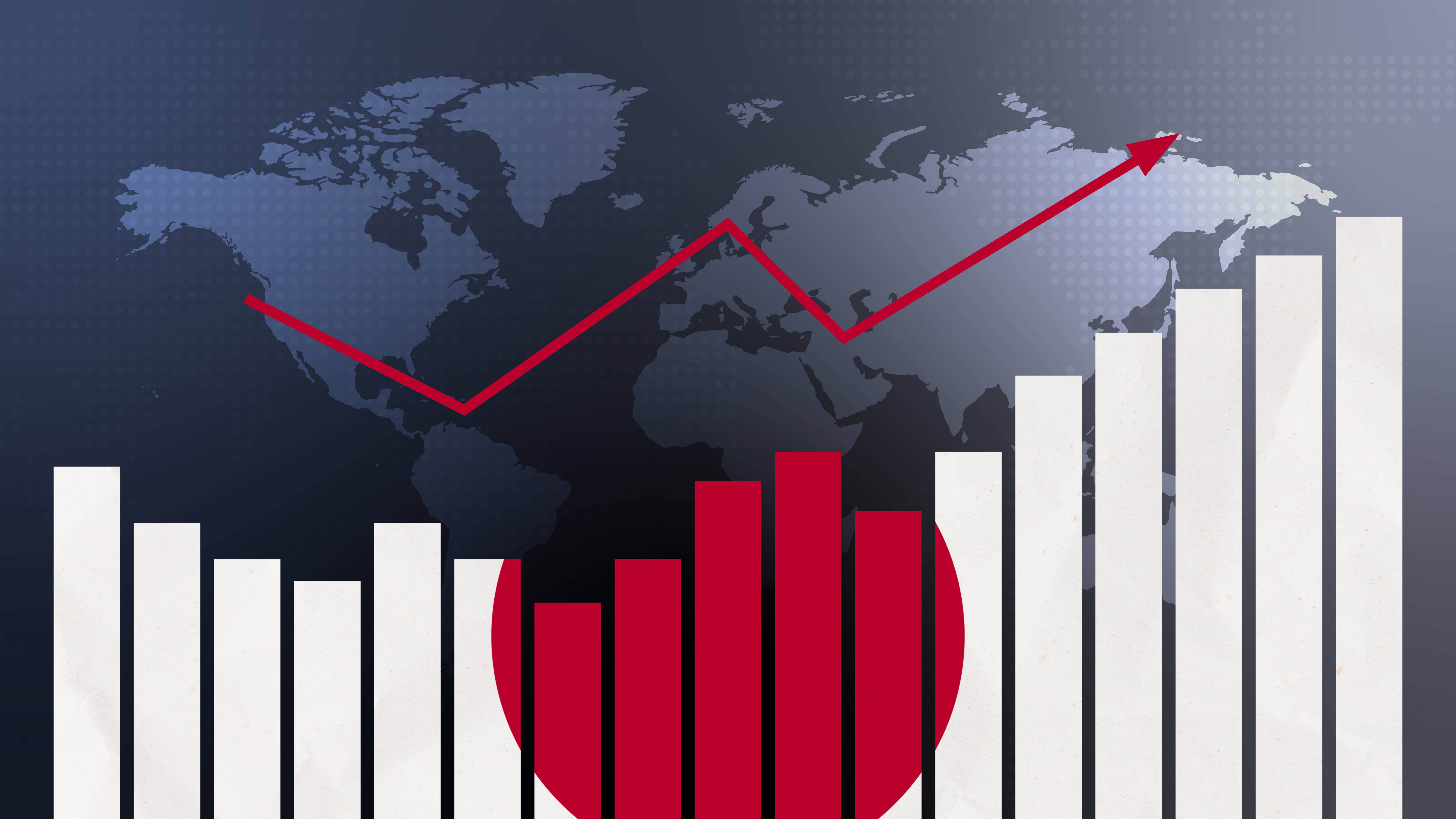


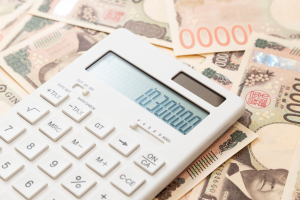

![[Policy Research] Water Minfra: A New Strategy for Water-Centric Social Infrastructure](/files_thumbnail/research_2023_Oki_PG_Mizuminhura_png_w300px_h180px.png)

